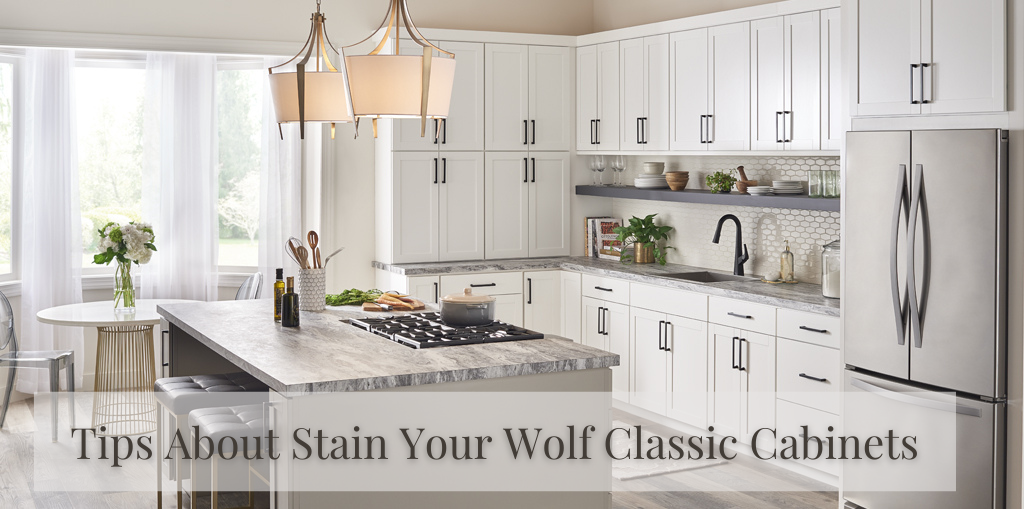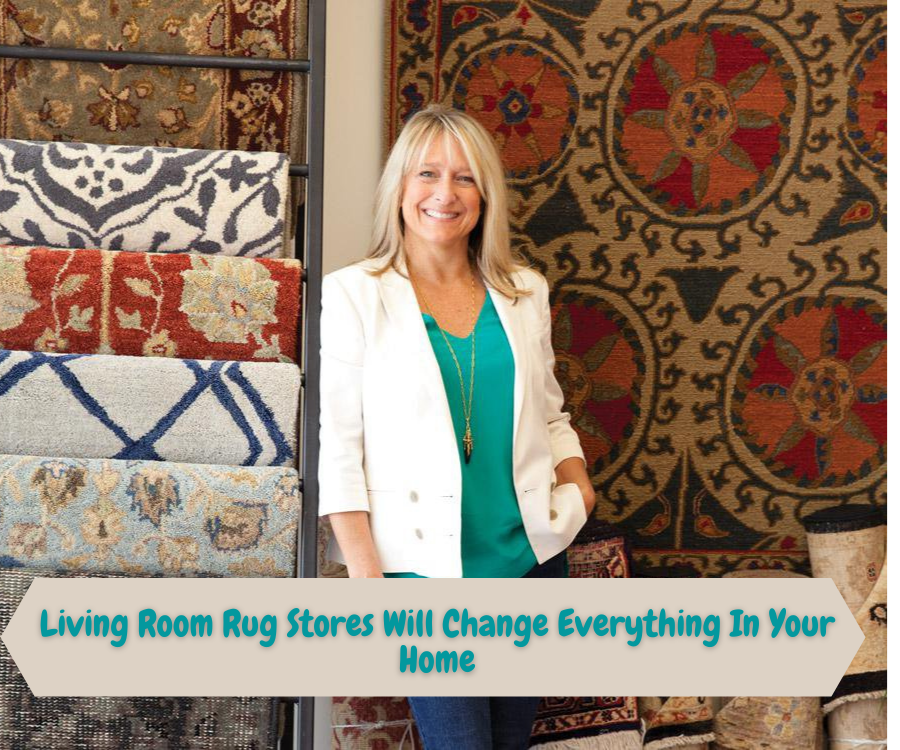What is decorative plaster – Advantages and Its Application


When it comes to plastering, there are countless forms of it. Whether to use it for wall finishing or for roof, there are different materials available. But plaster is also used for decoration purpose as well. However, the decorative form of plastering is little different from the others and has its own advantages and disadvantages. This decorative plaster is used for interior designing purpose on walls and to create some artistic pieces. But first, let’s know what it is:
What is decorative plaster?


Typically it looks like a paste that ought to be applied on the surface to be dealt with. It is utilized as a finishing material independently. Among all, its most widely recognized kinds are discovered such as:
Structural: Granular mass which is of lime and concrete and added into bits of quartz, wood fibre or little stones. In some cases, latexes and potassium silicate are used for its assembling.
Textured: Permits you to make an alleviated shapeof different complexity. The primary fixing in the organization of the plaster is lime flour and marble or rock chips as a filler.
Venetian: It is transparent plaster, giving the impression of a divider made of marble. Also, to make superb artistic creations and shading is added to it.
Types of decorative plaster on the basis of component –
- Mineral – A concrete or cement mix; dry blend, diluted with water.
- Acrylic –Ready to sale, it is in the form of acrylic resins.
- Silicate – Instant plaster, blended well before use on potash liquid glass.
- Silicone –The most innovatively advanced material used as silicone resins.
These are broadly utilized when interior decoration is performed. It will particularly enliven your home inside and the outside.
What are advantages of decorative plaster?
Easy to apply:
When purchasing the material for decoration plaster, there are additionally a guidance with depictions of how to get the correct arrangement, how to apply it on the dividers. You also need a simple roller or a staple that you required for work. And, the main trouble is setting up the divider surface because it must be completely spotless and dried while cleaning. It should also be treated with deep pretention primer.
It can hideconstruction flaws:
The inconsistencies that are most noticeablemust be fixed in any case and the cracks and potholes need to close. The advantage of decorative plaster is it will hide all the construction flaws very easily. If cellulose is present in the plaster it will close little breaks and cope up imperfections. However, not all materials can do this.
It will work as a great warmer:
For this, the treatment is done with a high quality primer and the plaster is used in the ideal class. It is the most stylish, unique and aesthetic approach to design rooms, regardless of whether you utilized the common plaster, it can give you a different impact.
It will fit into any interior design:
No limitations as far as style determination, just a creative mindis needed. It is an environment friendly material. It comprises common components, for example, pieces of marble or stone. The plaster mostly non-toxic and doesn’t assimilate any odours plus it won’t releases harmful gases in the environment.
Durable:
Decorative plasters usually last long. As you can see in different old building designing there is plastering done which last long for many years. It can go through in different temperature changes as well.
Some cons of decorative plaster:
The disadvantage of this material is credited to its expensiveness. But if you consider the end results and its durability and how strong it is, the cost can be bearable. In some cases in working with decorative plasterwithout an expert can be troublesome also. So, you will need to hire an expert. Its utilization per square meter of surface is very huge. If you need to dispose of a layer of any decorative plaster, this can be difficult.
What shapes can form from decorative plaster:
No doubt, an artist can create a countless of shapes from any material but here are some common examples of shapes created with decorative plaster:
Bark beetles: This is shape or type of decorative plaster which is used as wall paper texturing and also applied in different designs. It can be used for both interior and exterior designing.
Images: The decorative plaster is used to create images on walls as well. It is one of the most aesthetic approaches for the interior designers. One can create any lively image of flowers, animals and so on.
Textured: Another shape one can try is the textured walls. The one of the common applied shapes in textures are rough granules or uneven texture of any shape.
Bottom line:
The decorative plaster is different from the other types of plaster. However, the experts can use the materials same in other form of plastering but the main purpose is to only for designing and give your home an artistic feel. Similarly like the other plasters, there are common plastering problems and reasons that causethem in decorative plaster as well. So, before applying take a little research on it.
Author Bio:
Hi, I am Mike Morleye. As a professional writer, I put together my writing skills to share knowledge on diverse topics in a readable, understandable and appealing format.










